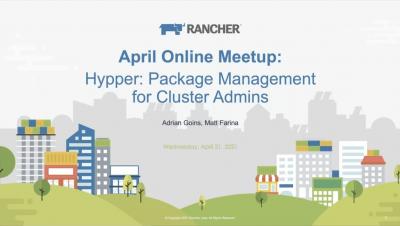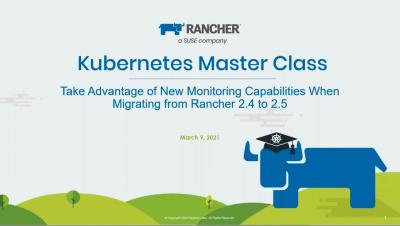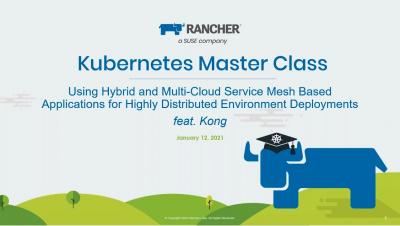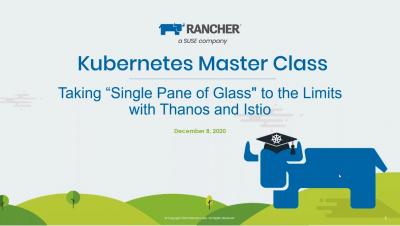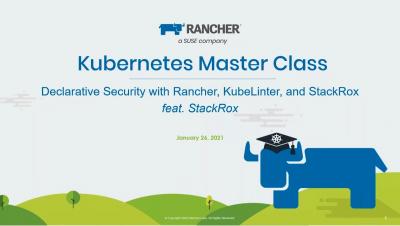Tools To Develop Apps On Kubernetes
Containers and Kubernetes have changed the way we operate applications. This has been a boon for Site Reliability Engineers (SREs) and DevOps professionals who handle infrastructure management. Yet, it has come at a cost to many who develop and operate applications. Their experience has become more complicated and cumbersome.






